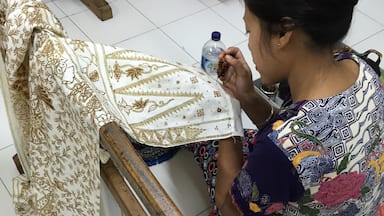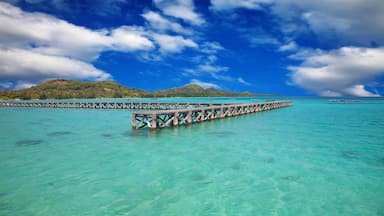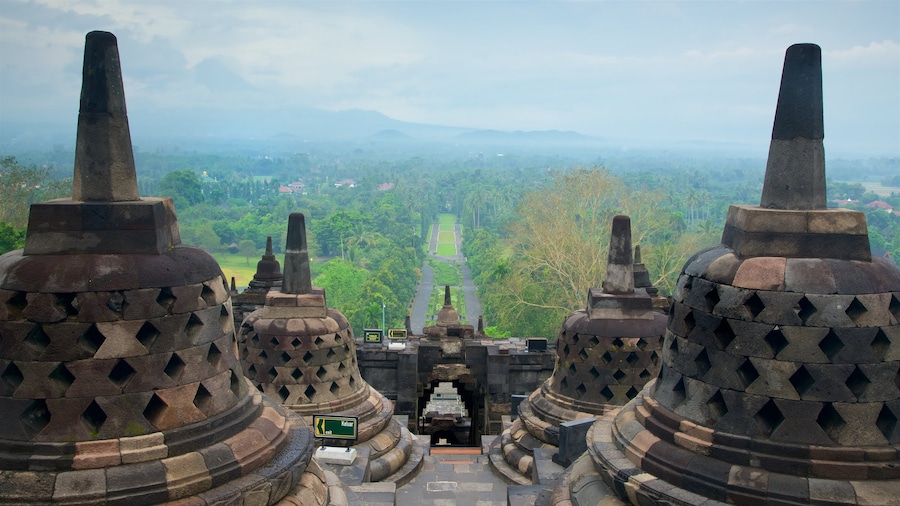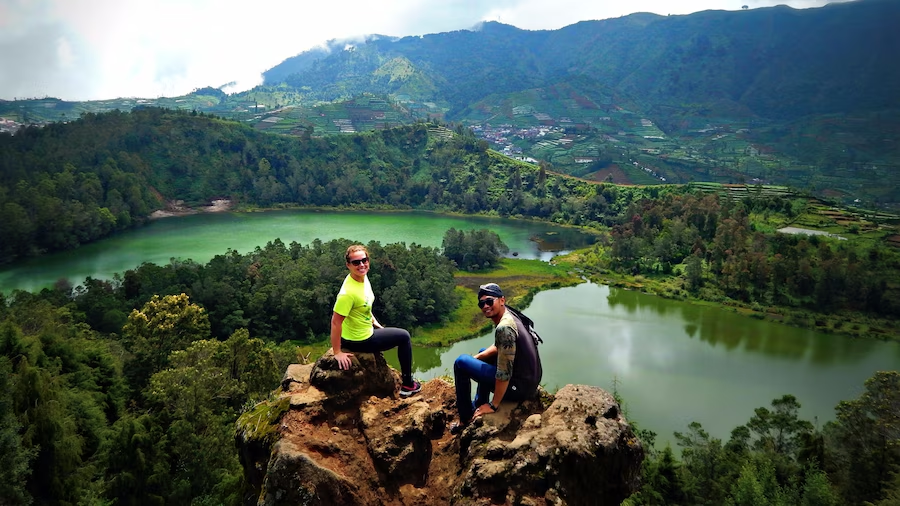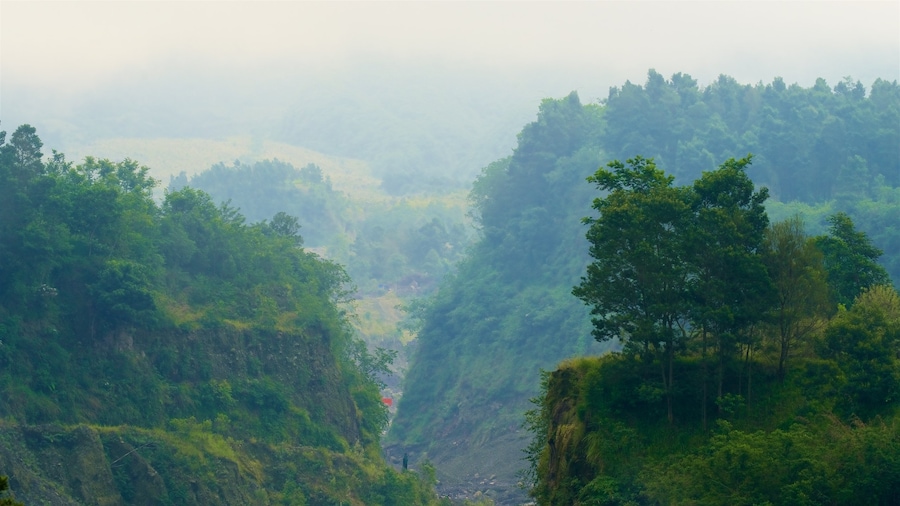
여행: 항공+숙소
호텔과 항공, 렌터카를 함께 예약하고 여행 경비를 절약하세요!
사진 제공: Dan Holz
- 계획, 예약��과 여행도 믿을 수 있어요!
- 결합하며 즐기는 여행항공+호텔 함께 예약 시 최대 ₩234,741 할인*
- 마음에 꼭 맞는 상품 검색전 세계 30만여 개 호텔 중 선택해 원하는 대로 패키지 구성
- 안심하고 즐기는 여행한곳에서 여행 계획, 예약 및 관리
센트럴 자바의 인기 여행지
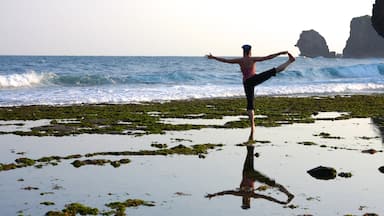
세마랑
센트럴 자바의 추천 숙박 지역
센트럴 자바 여행을 즐기기에 가장 좋은 지역을 찾아보세요. 센트럴 자바에 대해 자세히 알아보기
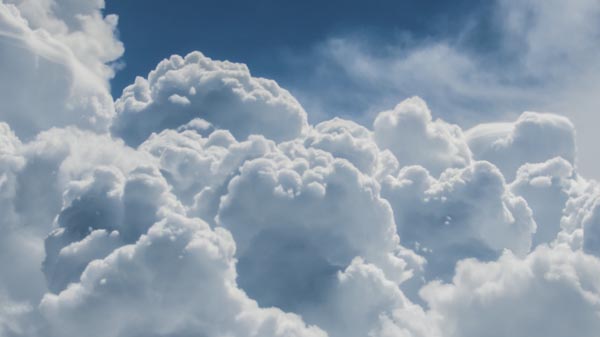
솔로 시티 센터
이 지역에 인기 관광명소 10곳 중 1곳이 있음
솔로 시티 센터에서는 박물관 및 동물원 등을 즐길 수 있습니다. 시간을 내어 솔로 파라곤 라이프스타일 몰 또는 케프라본 공원에도 들러보세요.
센트럴 자바의 인기 호텔

알릴라 솔로, 자바
Jl. Slamet Riyadi No. 562 Surakarta Central Java
전액 환불 가능지금 예약하고 숙박 시 결제하세요!
1월 18일부터 1월 19일까지 요금은 1박당 ₩98,793입니다.
₩98,793
총 요금: ₩119,539
1월 18일 ~ 2026년 1월 19일
세금 및 수수료 포함
9.2/10 Wonderful! (이용 후기 134개)
clean, luxury, comfortable & nice rooftop
후기 작성 날짜: 2019년 5월 27일

이비스 세마랑 심팡 리마
Jalan Gajah Mada 172 Semarang Central Java
전액 환불 가능지금 예약하고 숙박 시 결제하세요!
1월 5일부터 1월 6일까지 요금은 1박당 ₩33,534입니다.
₩33,534
총 요금: ₩40,575
1월 5일 ~ 2026년 1월 6일
세금 및 수수료 포함
7.6/10 Good! (이용 후기 99개)
가격대비 훌륭
가격대비 훌륭한 호텔입니다.재방문의사있습니다
후기 작성 날짜: 2014년 4월 13일
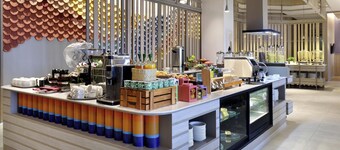
이비스 스타일스 세마랑 심팡 리마
JALAN PAHLAWAN NO 2-2A Semarang
전액 환불 가능지금 예약하고 숙박 시 결제하세요!
1월 4일부터 1월 5일까지 요금은 1박당 ₩39,025입니다.
₩39,025
총 요금: ₩47,221
1월 4일 ~ 2026년 1월 5일
세금 및 수수료 포함
8.8/10 Excellent! (이용 후기 11개)
Lokasi luar biasa pas depan simpang lima. Hotel sepertinya baru selese renovasi pembangunan. bersih
후기 작성 날짜: 2025년 10월 21일
표시된 요금은 지난 24시간 이내 성인 2명 1박 기준 최저가입니다. 요금과 예약 가능 여부는 변경될 수 있으며, 추가 약관이 적용될 수 있습니다.
자주 묻는 질문(FAQ)
가볼 만한 인기 명소
익스피디아와 떠나는 세계 여행
- 게동의 4성급 호텔
- 게동의 빌라
- 카리문자와 호텔
- 살라티가의 웨딩 호텔
- 반둥안 호텔
- 게동의 게스트하우스
- 데마크의 3성급 호텔
- 반둥안의 5성급 호텔
- 게동의 리조트
- 겜플락의 OYO Rooms 호텔
- 세마랑의 OYO Rooms 호텔
- 게동 호텔
- 게동의 Independent 호텔
- 숨피우 호텔
- 세마랑의 카지노 호텔
- 세마랑의 골프 호텔
- 테망궁의 OYO Rooms 호텔
- 게동의 OYO Rooms 호텔
- 게동의 3성급 호텔
- 스마랑 우타라 호텔
- 게동의 B&B
- 세마랑의 스파가 있는 리조트 및 호텔
- 바키의 4성급 호텔
- 암바라와의 리조트
- 세마랑의 허니문 리조트 및 호텔
* 할인 금액은 패키지로 예약했을 때의 금액과 동일한 구성을 각각 예약했을 때의 금액을 비교한 것입니다. 할인이 모든 패키지에 적용되지는 않습니다.
